Travel with the writer and movie maker Ruy Duarte de Carvalho
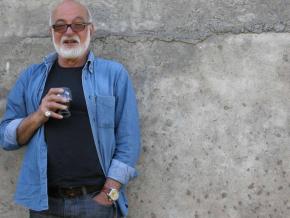 ruy Ruy Duarte de Carvalho, who recently left this world, lived a life associated to traveling, which incidentally is one of the favorite themes of his books - a production that goes beyond a dozen, including poetry, fiction and essay. With the course of agricultural regent, which he concluded in 1960, went through big part of the Angolan territory working on coffee plantations and also in traditional agro-pastoral production, taking care of sheep in Caranculo, in the (then) province of Moçâmedes, now Namibe.
ruy Ruy Duarte de Carvalho, who recently left this world, lived a life associated to traveling, which incidentally is one of the favorite themes of his books - a production that goes beyond a dozen, including poetry, fiction and essay. With the course of agricultural regent, which he concluded in 1960, went through big part of the Angolan territory working on coffee plantations and also in traditional agro-pastoral production, taking care of sheep in Caranculo, in the (then) province of Moçâmedes, now Namibe.
In the night of the proclamation of the Independence, in November 1975, he filmed the Angolan flag replacing the Portuguese one, he became a citizen of Angola that year, he directed several films for television and for the Angolan cinema institute, including the famous Nelisita (1982), which would earn a diploma from the school in Paris where he obtained his doctorate in anthropology.
The PhD in anthropology was obtained in 1986 at the School of Advanced Studies in Social Sciences of Paris, with a thesis on the fishermen of the Island of Luanda. He taught at the universities of Luanda, Coimbra and São Paulo. He is a multifaceted author, with a work that extends to the areas of anthropology and cinema. His books divide themselves into fiction, essay, anthropology and travel literature, revealing interests and subjectivities in a “half-scholar-poetic-traveled-fiction”, in the words of the author.
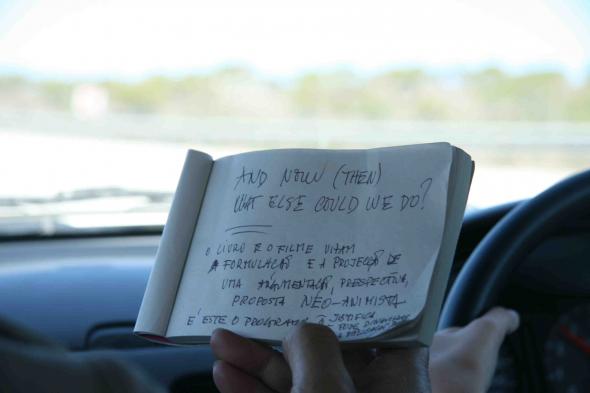
Among others, he published: Vou Lá Visitar Pastores (1999), about the Kuvale, pastoral society in southwestern Angola, Chão de Oferta (1972), A Decisão da Idade (1976), Observação Directa (2000) and Desmedida (2006), which earned him, last year, the Casino da Póvoa Literacy Prize (Portugal) worth 20 000 euros, the first to a Portuguese author.
The life of Ruy Duarte de Carvalho is intrinsically linked to Angola, where he researched and wrote many pages about the kuvale people and their forms of organization when staying in the Namib Desert. He had an analytical look at the thought of the world’s Westernization and the implications of the war (and the various ways to see Angola, inside and out). He was a lover of the wilderness that followed the San Francisco River, the territories of Guimarães Rosa and Euclides da Cunha, Brazil, which we can read in Desmedida.

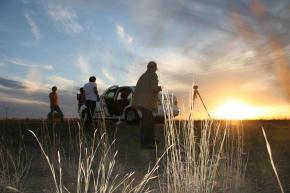
In the last few years, already retired, he lived in Swakopmund, in Namibia, persisting in not giving to perks of any kind. As was his wish, he was cremated after his death and his ashes were buried in the desert of Namibia, in Angola, in a place of his choice.
All we have left is his magnanimous work, which leaves so much for decoding, which points out paths, brings to light people, lifestyles, communities, authors, people who came across him somewhere in an exploratory path, and even words and expressions – scholarship and colloquialism together in a single phrase! A work of great originality and talent that makes it clear that Ruy Duarte de Carvalho is one of the best Portuguese writers and, therefore will remain firmly in the canon of Angolan and Lusophone literature. His life and work are an example of rare brilliance and consistency!
Trip througout South Africa
Before leaving this world, Ruy Duarte de Carvalho has begun a journey of 6,000 miles through South Africa in 13 days, from Johannesburg to Johannesburg, from the interior to the coast by the other coast. A trip alert to the history of the country’s various expansions and colonization, which could be the origin of the book As Paisagens Efémeras, Atas de Santa Helena and a possible movie.
Camões Institute sponsored it as part of a project to discuss the Westernization of the world and its effects. Which relations between Europeans and local people have dictated the course of History? Which events triggered it?
Ruy Duarte de Carvalho and his young friends: Luhuna, who collected materials of direct observation in a chamber; Miguel Carmo, unerring in impressions and special navigation; and Matas, The Master and the Spear, enliving the conversation and managing the logistics of the trip. Nobody, except Ruy, knew much about Africa, apart from its recent tensions.
The trip through South Africa was surmised beforehand, but started from a Portuguese stew in downtown Maputo. “And now … how can we do more? “in Dockanema of Maputo it was the title of the cycle dedicated to Ruy Duardte de Carvalho, who collects admirers in the Lusophone world.
Ruy was happy and just shut up sporadically to fix a detail of the landscape and then say things like “in life you rather write or live, citing Pirandello, he who does so well the two things. Angola, to where he would always return despite living elsewhere, was a recurring theme that connected us in that heart territory complicity.
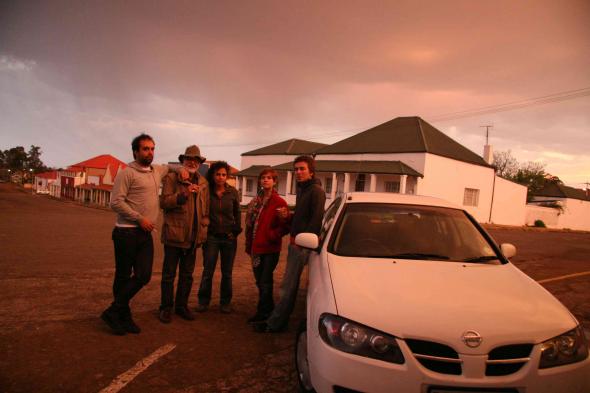 a comitiva das 'paisagens efémeras'
a comitiva das 'paisagens efémeras'
Critical trance of Africa’s modern History
We spent the night in Vinburg. A small town, with a Twin Peaks atmosphere, inside the Free State, where the Boers, huge white farmers, live and rule - a production of Southern Africa. The house is a mausoleum of the Anglo-Boer Wars, but glorious to the Boers was only the first, because the one of 1903 led to the annexation of their republics of Transvaal and Free State from Orange to the British colony of the Cape, with the help, it seems, of the European arms of the industrial revolution.
The Boers didn’t like the British autocracy, which degenerated the Dutch traditions and didn’t protect from the Xhosa attacks. They had already founded the republic of Natalia after the battle of Blood River in 1838 (of which we saw the painting) where they defeated Dingane, one of the Zulu leaders, which they would eventually loose to the British, with sugar cane plantations.
What matters is that a colonial society was already established and the country was occupied by white men. The Boers declared the Republic of South Africa, with Pretoria as its capital, in 1854. In 1910, it was founded the Union of South Africa with the two Boer republics and two British colonies. It would last until the end of the Apartheid in 1994.
The big issues between the British and the Dutch were the diamond mines found in that territory. In the small town of Kimberley, we visited the Big Hole, a rock with diamonds, dug to extract the famous Kimberlite, composed by high-pressure minerals formed three hundred miles in the bottom of the earth. There they made a king of reproduction of the mining life with bars and shops.
Explanations about diamonds, discovered there in 1867 in children’s games. The man behind the mine is Cecil John Rhodes, co-founder of the powerful De Beers Company. He abandoned the cotton farm in 1871 to manage the mines in Kimberley, and came to the Parliament, with policies that served both the British Empire as the interests of miners.
In a book, it is said that the warrior Shaka Zulu was gay and, before he was assassinated (1828), with a lot of military strategy and fierceness, he made the Zulu ethnic an empire that haunted the British colonial designs. The expansion of the Zulu state and the social disruption caused by slave traffic from the south of Mozambique, as well as droughts and famines between the end of the XVIII century and the beginning of the XIX, originated massive population movements that convulsed southern Africa.
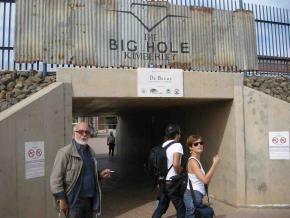 big hole
big hole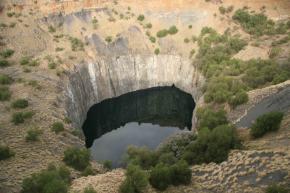 big hole
big hole
 Kimberly
Kimberly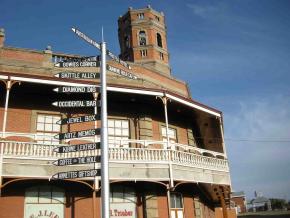 Kimberly
Kimberly
Expansions and Oppressions
“It was a time when adventurers, desperate men, expeditious diplomats founded republics and empires a bit around the world, including California and Patagonia… for white men, armed with its laws and ignoring all rights that do not emanate from them, the world was vacant”.
History of disputes and occupations, blood and more blood, all this not long ago. “It took long to get here, this last corner of the continent, and even the whole earth, to which several torrents of immigrants expanded, people coming from outside to occupy and control these territories according to their interests, meaning, the resources that interested them there, and so disturbing, or submitting or to decimate those who were already here.” It is on his book: A Terceira Metade.
The coast of Africa served to all movements and South Africa was great for Western expansion, however its occupation is late due to several aspects: the desert, the lack of trade conditions and slavery practices. “When it was finally the object of the Westernization, it offered the spectacle of a vast territory to be simultaneously affected by the expansion of whites and the Bantus,” who do not like being reminded that they were also invaders. The Bantus descended from East Africa, starting its endless expansion, in turn triggered by the demographic explosion that the banana, brought by the Malays that colonized Madagascar, provoked. Ironies and conspiracies of history. Contemporary occupations referring to current problems: the land belongs to all, people have arrived each with its reasons and have to learn to coexist, sometimes in a rotten peace, sometimes in an endless war.
The various populations within the country do not prosper at the same time and this causes too many dependencies and exploitations. Ruy explains in his travel notes: “Some groups and certain individuals within each group, even if its only to a family scale, begin to prosper first, long before the others and always and still at the expense of others, in a level of internal dynamic and external interface…. And others, to thrive as well, one way or the other will be at the expenses of these, now and always.”
We can speak about some indigenous peoples. The Hottentots, red skinned whose grandparents were pastors and that with the installation of the Dutch at the bay of the mountain leading to Cape Town to provide support for trade routes from India, had to change. The San, Bushmen, thin, hunters and gatherers, who did not like the installation of the Boers who ended the hunt by bringing the cattle.
Although South Africa is a melting-pot of “races” well marked, where we can recover the remains of human occupation, a production of a universal mixed race genetically and culturally is in progress. “The full half-breed that will come, affectionate and expanded by the white model and imposed on the world scale.” Whatever survives this it will only be in the form of crystallization and folklore, because the difference will be extinct, digested and consumed. In that exists “hassle, aggravation because of the difference that will exist, it is already being cultivated and that in addition to crystallized, or because of it, is kitsh. Right?” One more cigarette and the journey continues.
 Southwards along the coast and back
Southwards along the coast and back
After the arid landscapes of the Karoo, we became closer to the sea. Port Elizabeth has whales and dolphins along the coast and trade areas looking like Disneyland. Then there’s a great stretch of coast with Mediterranean vegetation until we enter the province of Cabo da Boa Esperança. We go on straight to the extreme south of Africa, where the Indian and Atlantic oceans mix.
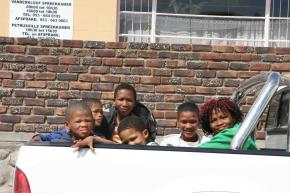 crianças hotentotes
crianças hotentotes 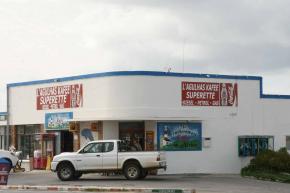 cabo das agulhas
cabo das agulhas
The day after dinning in a Portuguese restaurant, from former colonies, we continue the journey. Cape Town comes framed by the mountain with the name of Mesa and Cabeça de Leão.In a pension, on Long Street, a long conversation is filmed as basis of the neo-animist movement that Ruy wanted to create with our help. In order to do that there was reflection matter and action.
We went up the coast with a scent of the Kalahari which will link to Namibia. Immense valleys of green and brown vegetation, huge cracks in the profusion of nature. Ruy identifies phynbos the characteristic vegetation of that side of the Atlantic (common in Patagonia and Lake Victoria). Springbok, flower area, stops on the banks of the Orange River in Upington (name of the prime minister of the then British colony of the Cape), a city of many farm supplies that seems the most profound America.
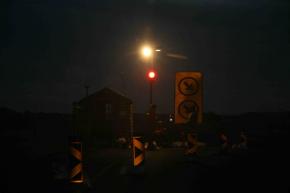 We return to Johannesburg passing through the 40 kilometers of Soweto. The gold extraction into the pockets of the state and enterprises remains unstoppable. We subscribe how easy it is to make tourism in South Africa: roads, services, food, peace, pockets do not leave much avenged.
We return to Johannesburg passing through the 40 kilometers of Soweto. The gold extraction into the pockets of the state and enterprises remains unstoppable. We subscribe how easy it is to make tourism in South Africa: roads, services, food, peace, pockets do not leave much avenged.
I read Coetzee. He explains precisely how African tribal people migrated to cities in search of work, establishing themselves in a new urban and scary environment, which he calls a gift from Europe to Africa. He says the world in which we’re born is our world, all that there is now, for this generation, is unquestionable. Knowing the history of a place with depth enough to see its past in palimpsest beneath its present is important. “But history is only alive if you give it a resting place in our consciousness.” This trip was this place.
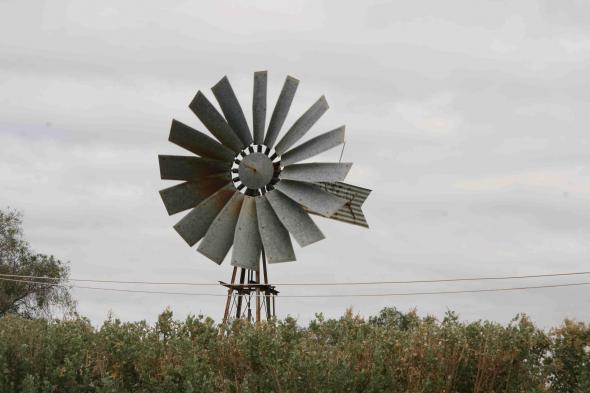
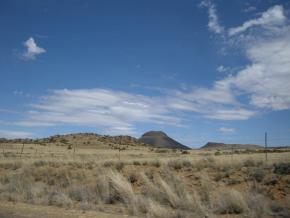 Karoo
Karoo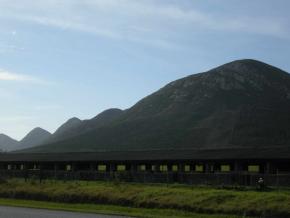
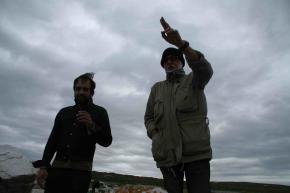
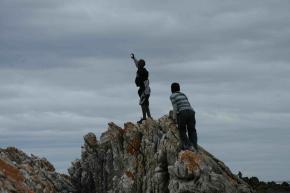 cabo das agulhas
cabo das agulhas
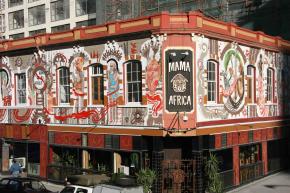 cape town
cape town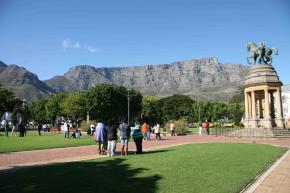 cape town
cape town
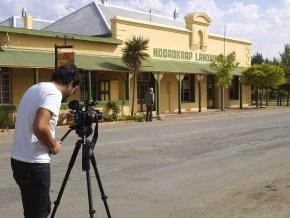 hopetown
hopetown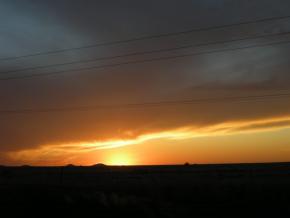
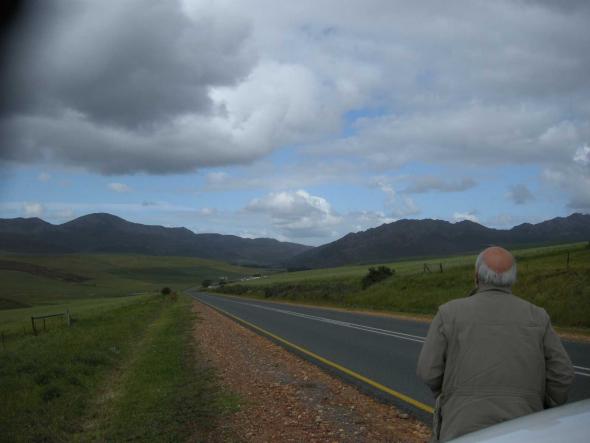
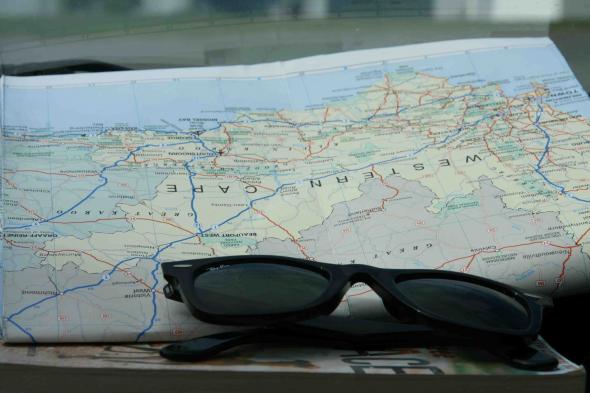
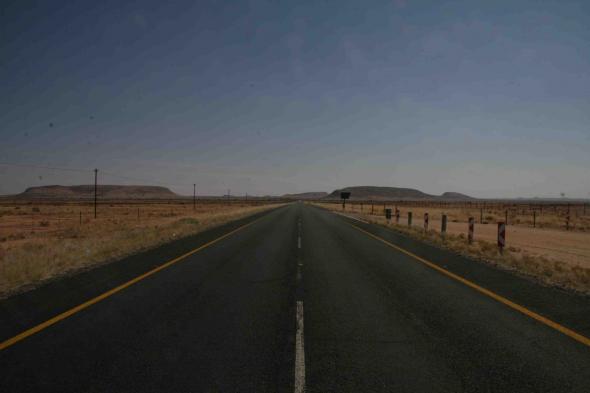
photographies by Luhuna Carvalho, Miguel Carmo, Marta Mestre, Marta Lança e Ruy Duarte de Carvalho
in AUSTRAL nº 82, article kindely provided by TAAG - Linhas de Aéreas de Angola